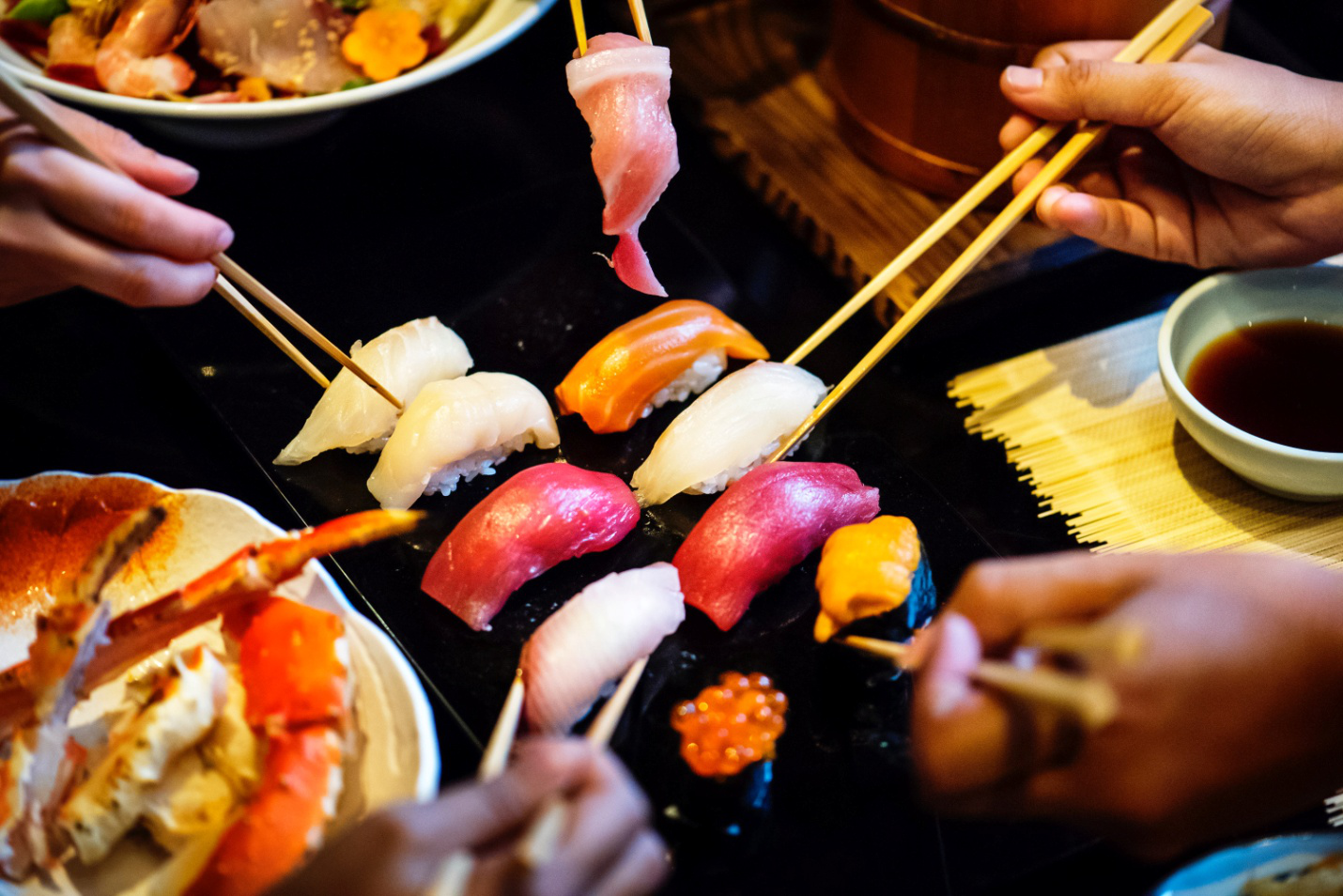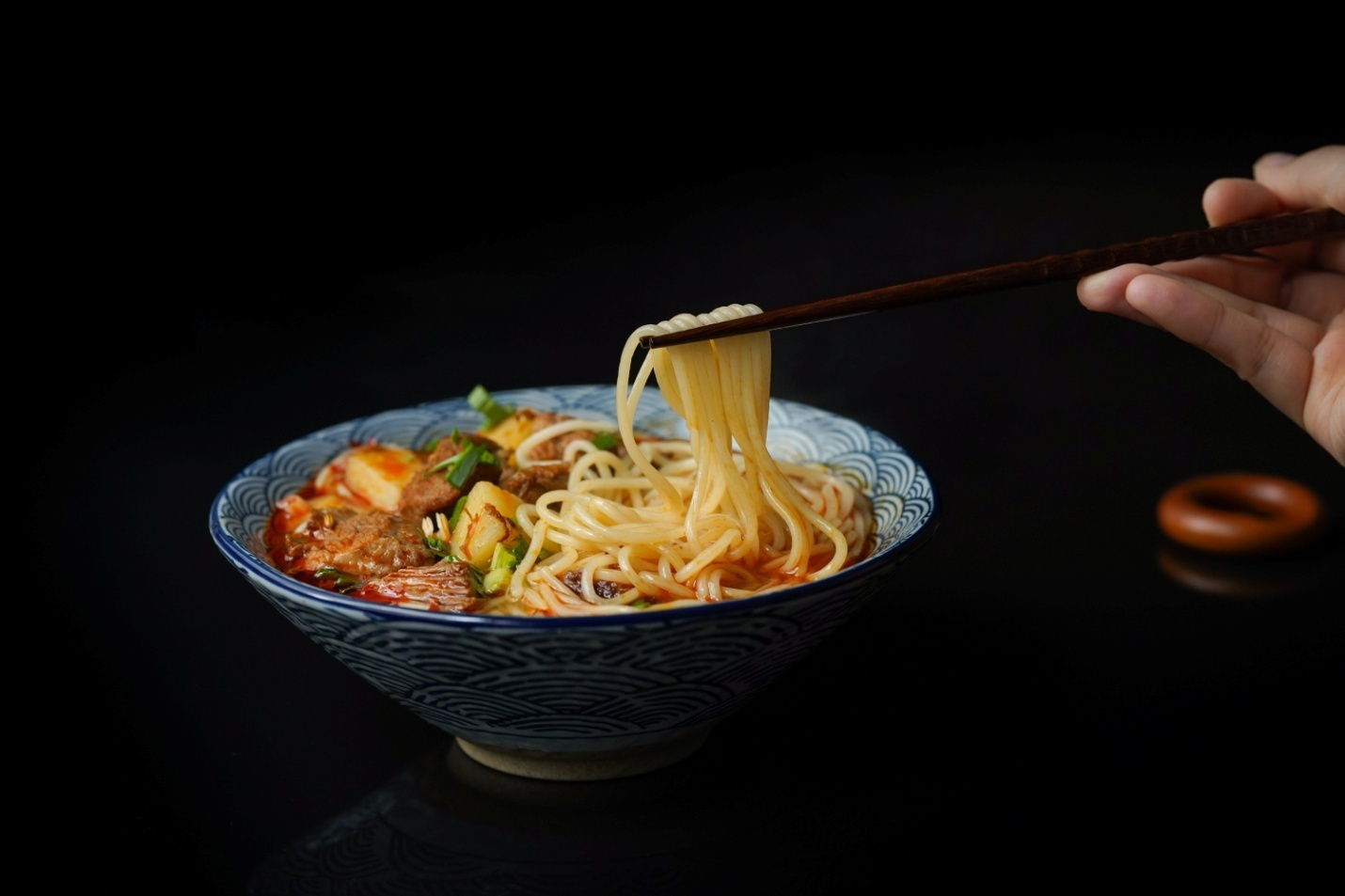Whether you’re travelling for pleasure or for business, following the right dining etiquettes of the country you go to is extremely important. Why? It shows you’re polite and you’re respectful of their culture, which helps you climb a lot of stairs on your social ladder.
If you’re travelling to East Asia soon, and don’t want to walk on cultural eggshells, read this blog to learn the most important eating etiquettes you need to follow when dining in Korea, China and Japan.
Korea
Let’s begin with the country that’s making a huge impact on the world’s cultural scene these days. If you’re one of the many who can’t wait to visit Korea and try the Korean BBQ, then this guide will be very helpful.
Imagine you’re going out to eat at a Korean restaurant accompanied by an older person, don’t take a seat at the table before they do! And also wait till they’ve started eating or picked by their spoon before you dig into your meal.
Moving on, during the meal, if you feel the need to blow your nose (Korean food sure is spicy), make sure you excuse yourself to another room, using a tissue at the table is considered rude because it spreads germs. Moreover, eat slowly and put your chopsticks back on the table once you’re done. Ensure they’re not sticking straight up in your bowl as that’s considered as a sign of bad luck.

Japanese
One of the most important things to keep in mind while dining in Japan is, to wait for the signal of the eldest person to start. Before you dig into your meal, make sure you thank the host for the meal. Similar to the Korean culture, you’re always supposed to keep your spoon or chopsticks straight on the table when you’re not using them.
It’s also common to see Japanese people pick up their bowls, close to their mouth when eating, but you should never raise the food above your mouth!

Chinese
Finally let’s talk a bit about how to eat in China. First, make sure you’re always on time and that you’re well-dressed. Again, seating is an important component of Chinese dining. The most senior person takes the seat furthest from the entrance. And you’re not supposed to start eating until they have done so.
One unique thing about China is that, you’re supposed to wash all your dishes before you start eating. You’ll have a cup, bowl and a small saucer at your placemat along with a spoon and chopsticks. All you need to do is drain hot water or tea over your utensils and dishes, swirl it and empty it out in the larger dish on the table.
Looking for Authentic Ingredients for the Perfect Asian Dish?
SF Mart offers its first-time customers a 10% discount on their first purchases. We have a wide variety of Asian ingredients in our collection along with Chinese, Japanese, and Korean snacks. You can shop for them at our online store today!
